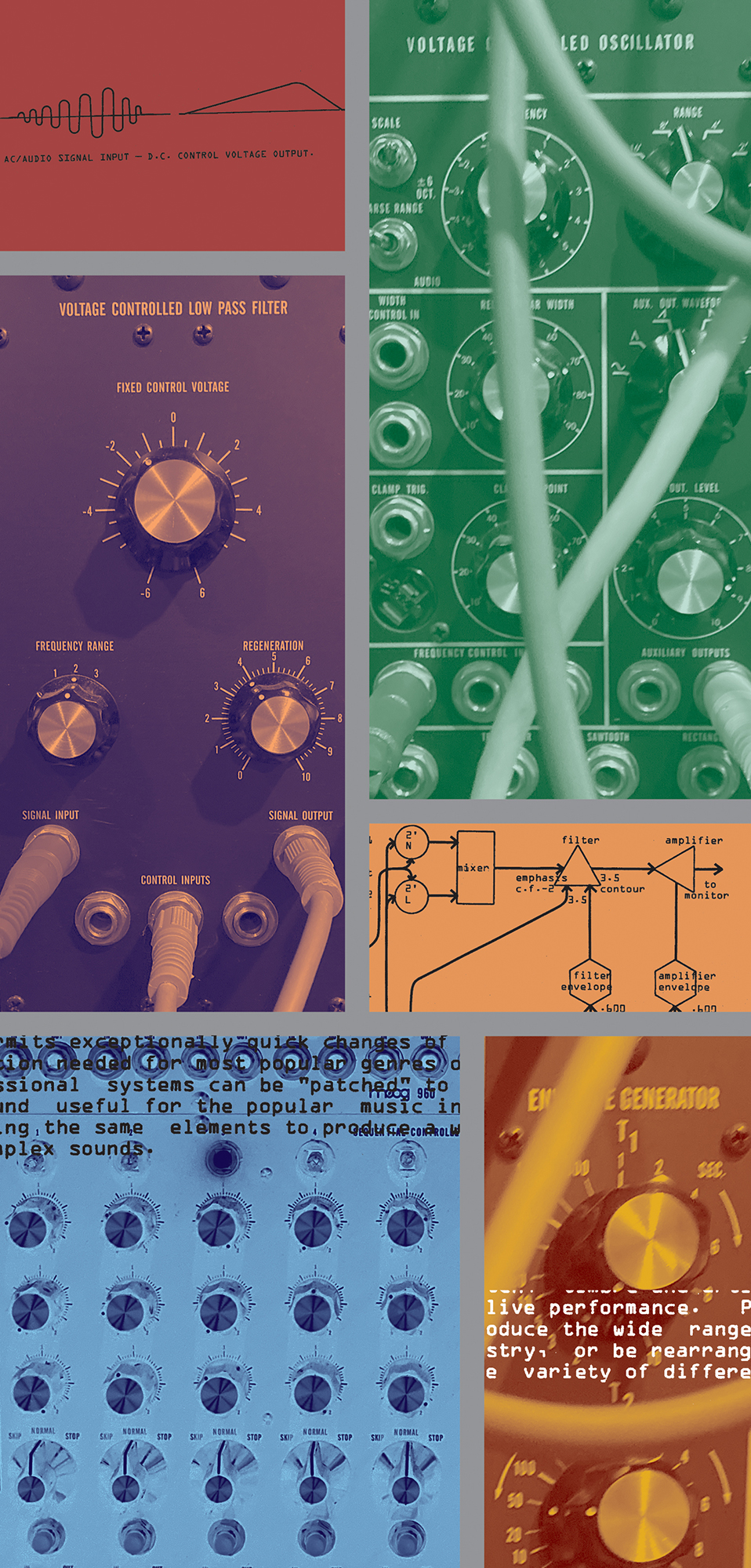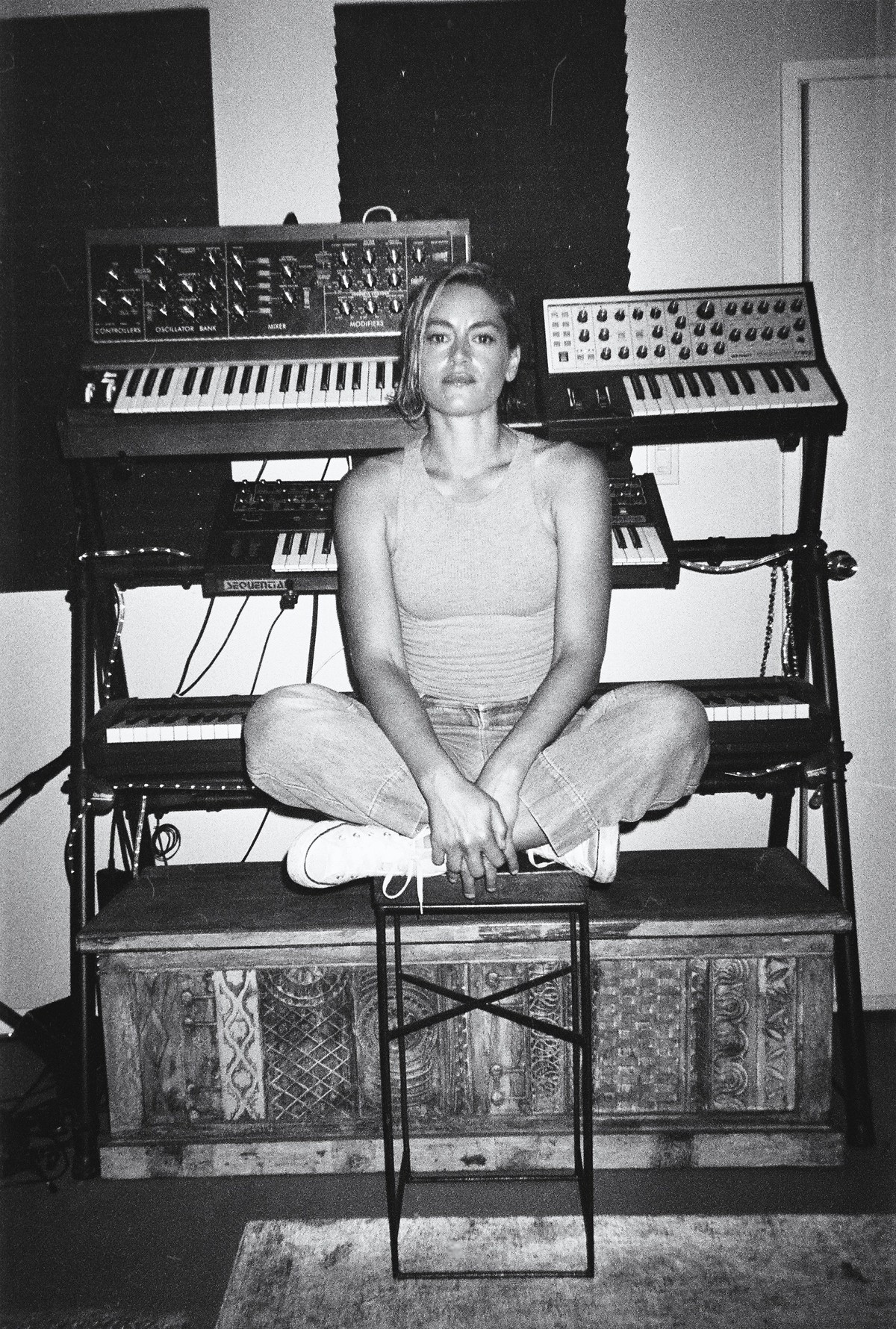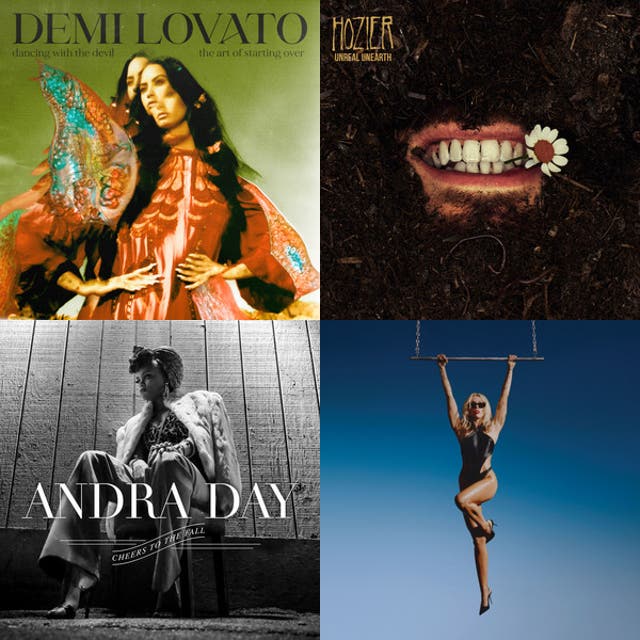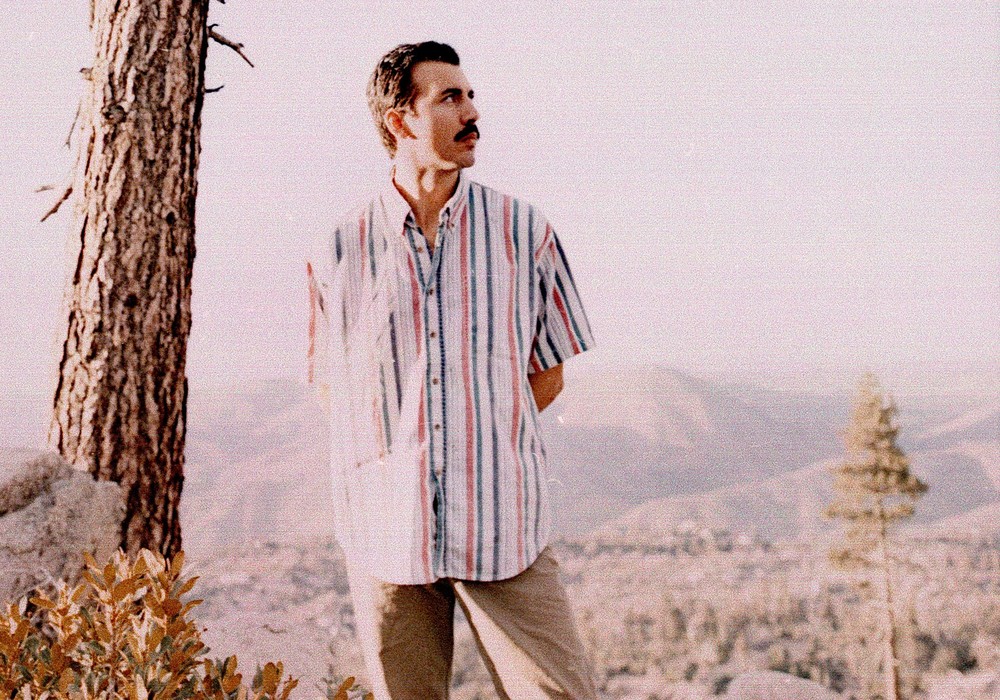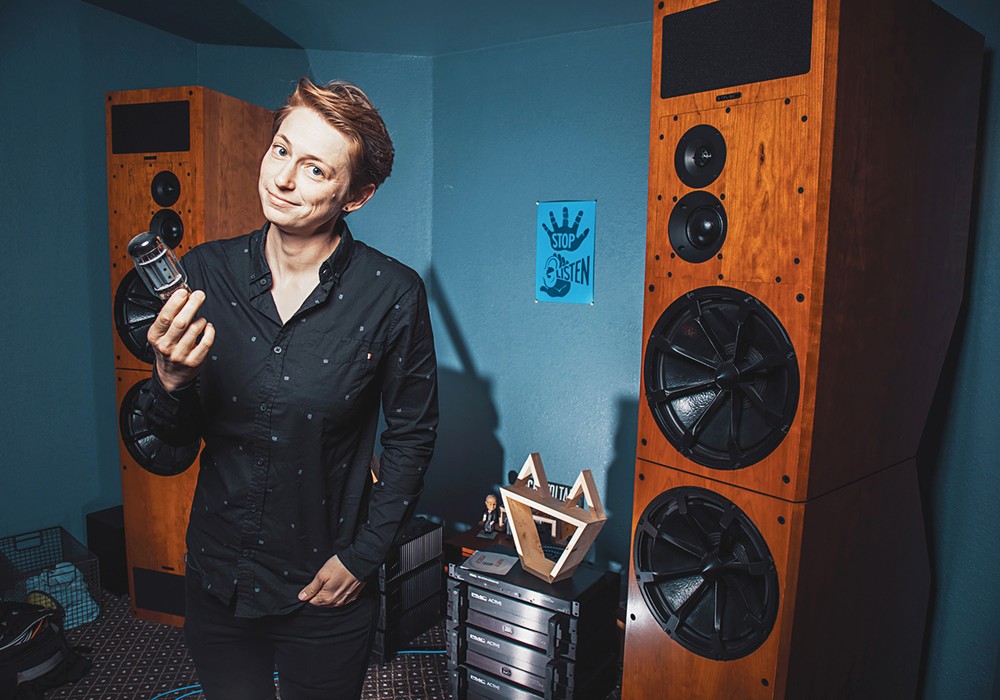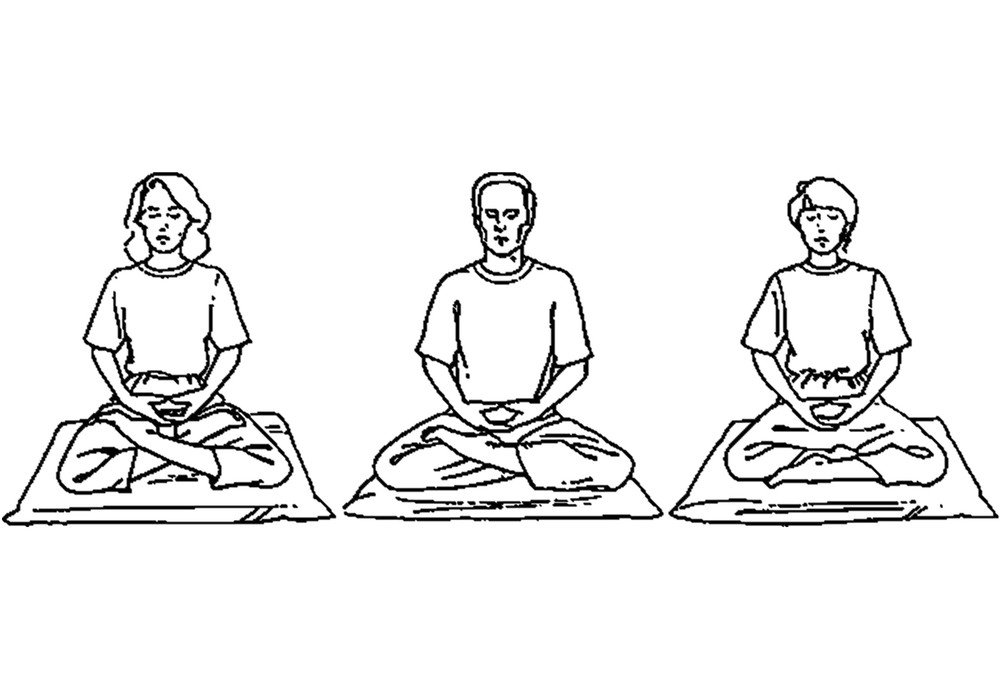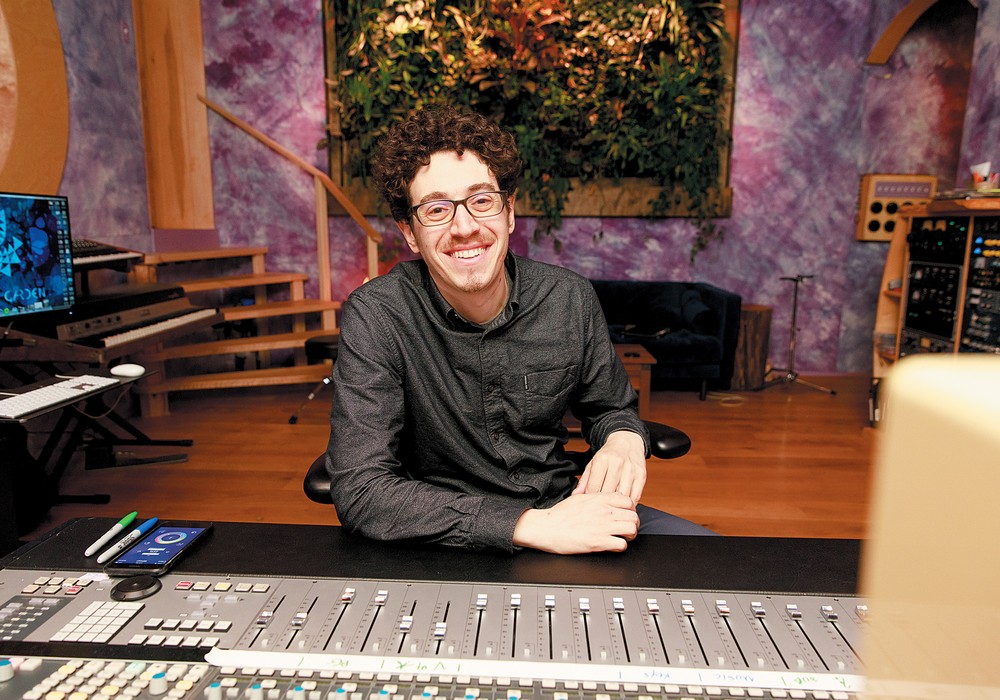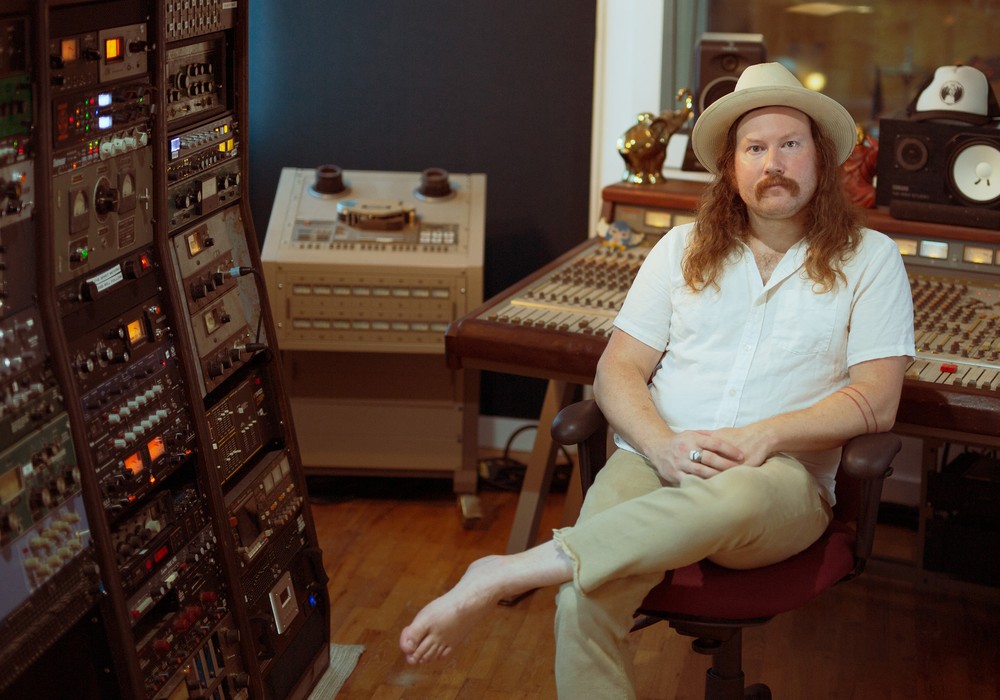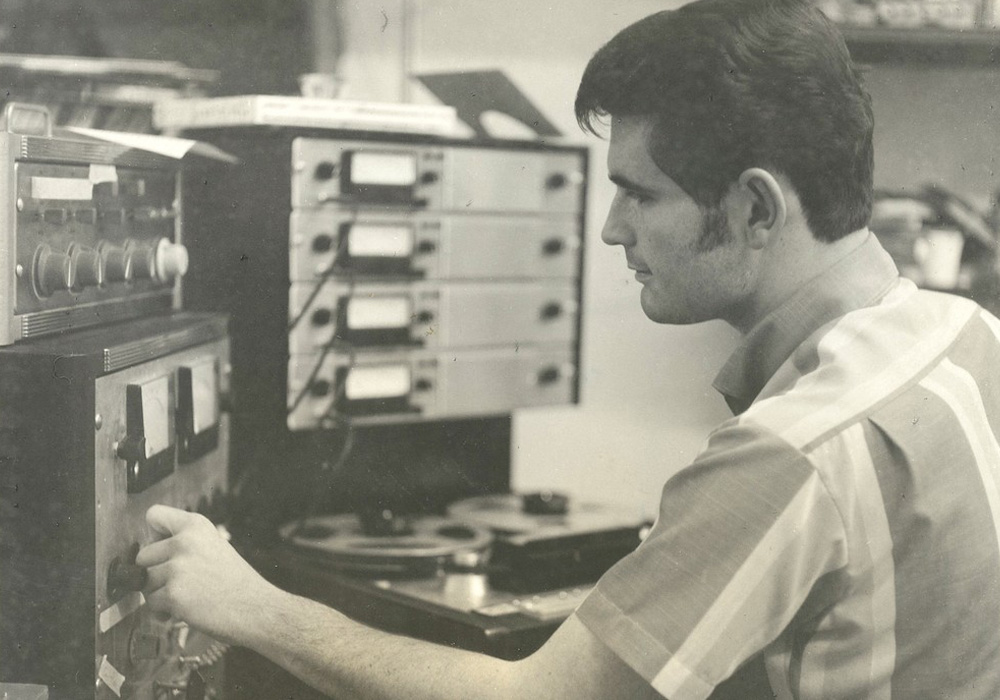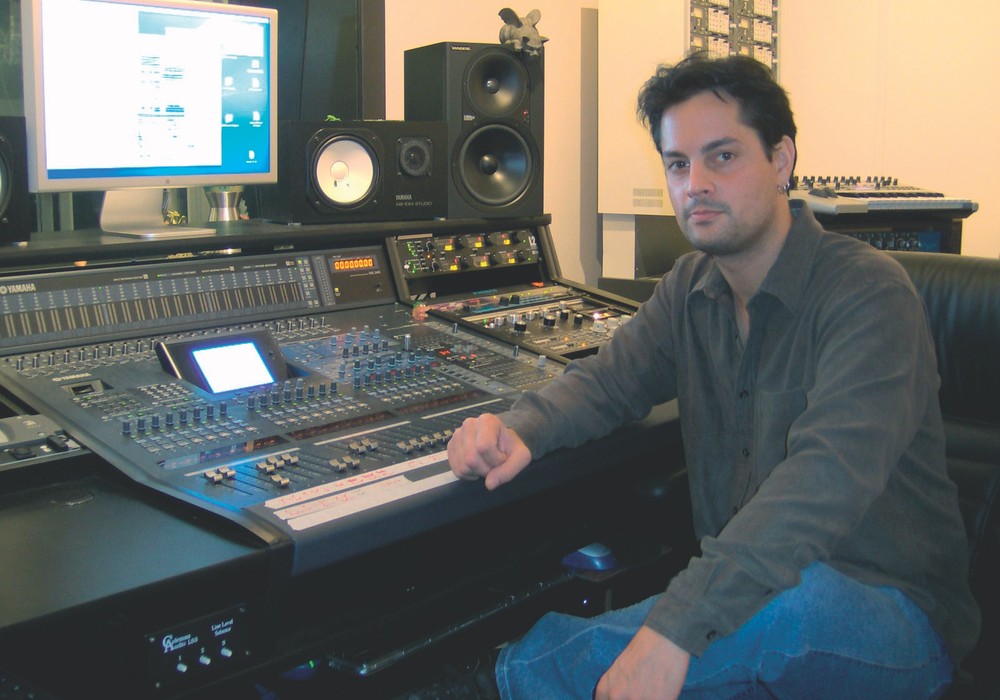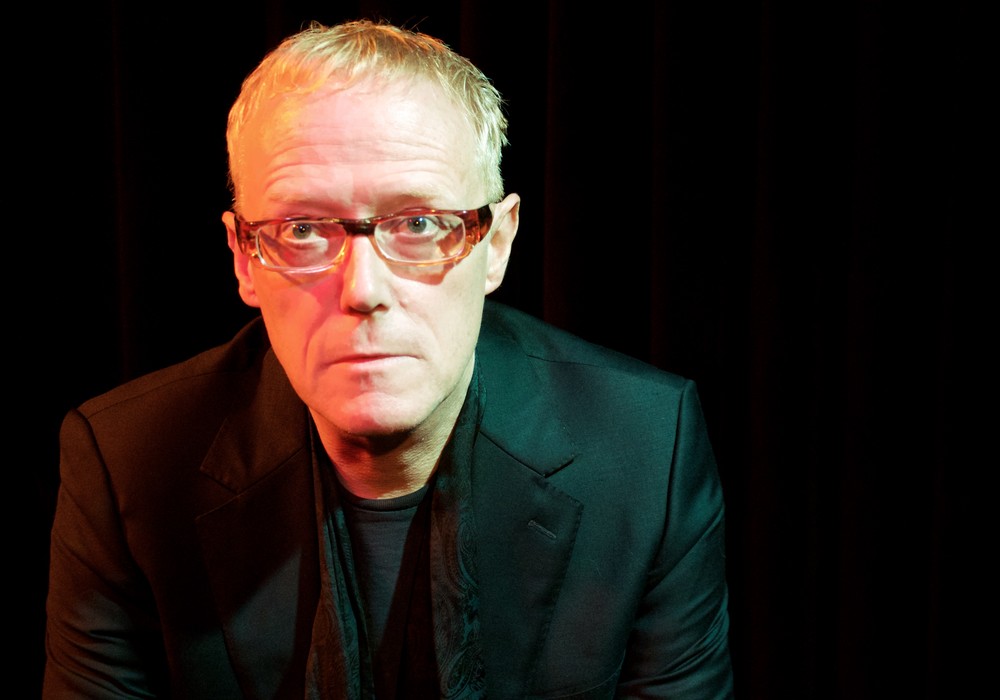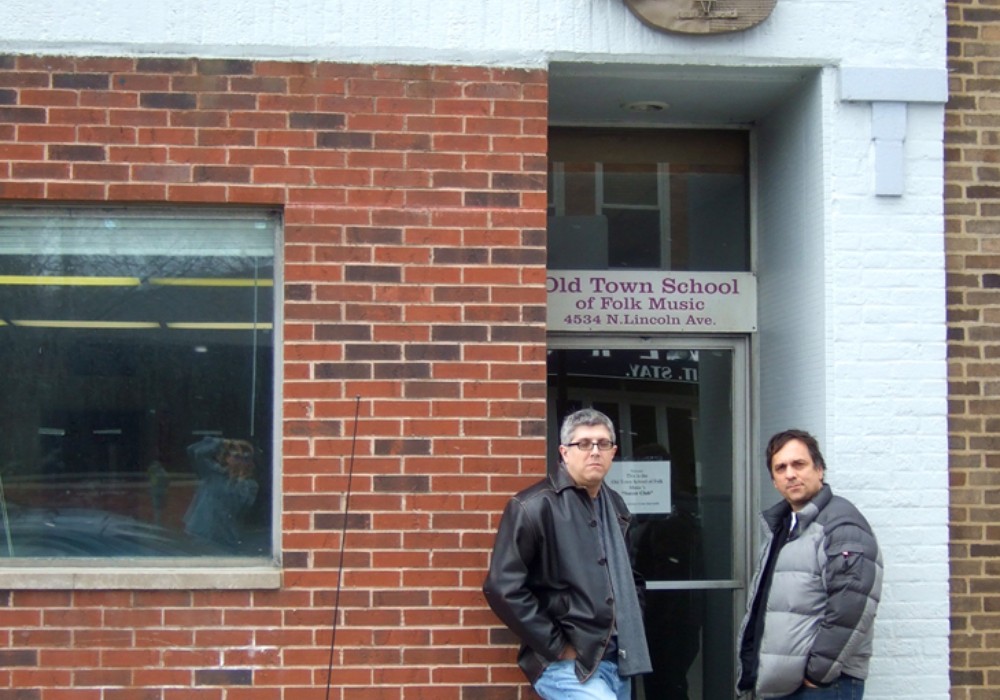Talk about the process with SASAMI [Tape Op #157].
So basically, she wrote all these songs, she started demos in [Apple] GarageBand on her [Apple] iPad, and she'd bring them to me. Whether it was me going, "This is great, let's build upon this," or, “You don't have a chorus. Go write a chorus,” or, “What is this about? I feel like, emotionally, we could be pulling more in this direction.” It was basically just looking at the songs in their most demo form and either blowing them out, or keeping them and keeping them calm. That was the process. There are some things from her iPad that made it into the final recording. I definitely did a lot of overdubbing with synths, drums, and bass. We did a lot of guitar tracking at my studio. We did BVs [backing vocals]. It was wild, chaotic, 95-mile-an-hour sessions for 10 hours a day. She's the artist, so she knows exactly what she wants. She'd be sitting behind me on the couch, letting me do my thing, and then she'd say, "Mmm... not that tone.” I'd say, "Okay." And then I'd try it again and she'd be like, "I like that." It was great; it was easy and fluid and awesome. I wish every record was as easy, to be honest. It's because we had trust – that's a big part of it.
And did you establish that relationship through the Cherry Glazerr collaboration?
We had met years ago, through the L.A. scene. She came to my studio; we did a session, and I was pretty sure she'd never want to work with me after that. But we reconnected two or three years later, when she was making this record, and that was it. We hit it off. I didn't even actually know she was in Cherry Glazerr, but I love Cherry Glazerr. I've worked with them, and I produced "Big Bang" and "Rabbit Hole." I love those songs.
They are awesome. I've noticed that you are a big fan of background vocals. It seems like they're a go-to when you are producing.
Well, every artist is different, and every song calls for a different arrangement. I can't really tell you why I do anything that I do when I'm doing it, because it's usually an emotional response. I think the backgrounds can lend themselves as an instrument. Sometimes they can be supportive, or sometimes they can be the focus. For instance, in "Rise Up," they're there in the background and then all of a sudden they're the focus. That was Andra [Day] and me doing that together, coming up with a part that felt natural and evolved from the main lyrics. I feel like Adele does that really well too, where she'll take a leap into a different world of words, but then she still maintains the thesis of the song in the backgrounds. I feel like sometimes backgrounds can be really tight and not reverbed out. They'd probably be... I guess, drier? But [to create] lusciousness, it's just stacks on stacks on stacks with ‘verb. Whatever the song calls for.
Do you have any go-to plates, plug-ins, or gear that you like to use for reverb on backgrounds?
Yes, of course. The [Eventide Audio] H3000 [Ultra-Harmonizer] for delay, but there’re a bajillion presets in there that are just fabulous – the H3000 analog piece, but also the plug-in by Eventide. Then [there’s] the AMS [Advanced Music Systems] hardware, and of course the UAD plug-in. And then everyone uses Valhalla, but it works. I love the EMT 140 [plate reverb]. [There] are parallels that we'll create, like the Valhalla will be a plug-in, as will the UAD. But when running it through the H3000, I normally send a parallel and then we blend to taste. There's this saturation and depth that exists with the actual physical pieces of gear. I don't know if it's mind over...
